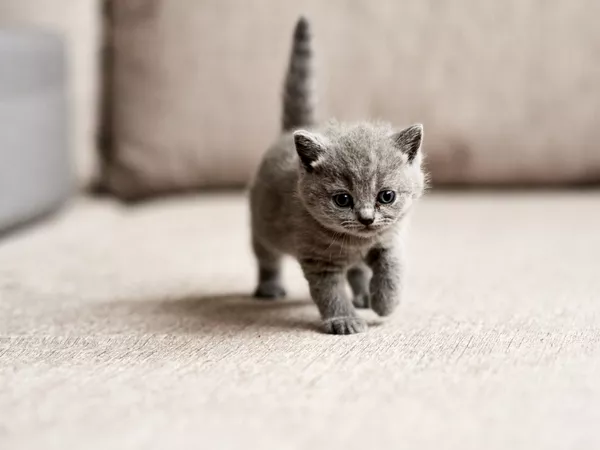Sulcata tortoises, also known as African spurred tortoises, are one of the largest species of tortoises in the world. They are popular pets due to their gentle nature and relatively low maintenance requirements. However, many people wonder if it is possible to keep two sulcata tortoises together. In this article, we will explore this question in-depth and provide you with all the information you need to make an informed decision.
The Short Answer
The short answer to the question of whether two sulcata tortoises can live together is yes, they can. However, there are a few things you need to consider before housing multiple sulcata tortoises together.
The Long Answer
Sulcata tortoises are social animals and enjoy being around others of their kind. However, they can be territorial and may become aggressive towards other tortoises if they feel their space is being invaded. Therefore, it is essential to provide them with adequate space to prevent conflicts.
Housing Requirements
The first thing you need to consider when housing multiple sulcata tortoises is space. As mentioned, these tortoises can become territorial, so it is crucial to provide them with enough space to establish their territories without interfering with one another.
For two adult sulcata tortoises, you will need a minimum enclosure size of 8’x4′. However, larger is always better. You should also provide plenty of hiding places, basking spots, and a water source. A good substrate for the enclosure is a mix of topsoil and play sand.
Feeding
Feeding multiple sulcata tortoises can be a challenge, especially if one tortoise is more aggressive than the other. It is essential to provide multiple feeding stations and monitor the tortoises during feeding time to ensure they are all getting enough food.
Sulcata tortoises are herbivores and should be fed a diet that consists mainly of grasses, hay, and leafy greens. You should also provide a calcium supplement to prevent shell deformities and other health issues.
Temperature and Lighting
Sulcata tortoises require a basking spot with a temperature of around 100°F and a cooler area with a temperature of around 80°F. You should also provide UVB lighting to help them metabolize calcium and prevent metabolic bone disease.
Health Concerns
Keeping multiple sulcata tortoises together can increase the risk of health issues, such as respiratory infections and shell rot. It is essential to monitor the tortoises’ health closely and separate any sick individuals immediately to prevent the spread of disease.
Breeding
If you plan to breed sulcata tortoises, you should not house multiple males together as they may become aggressive towards one another. It is best to keep one male with multiple females.
In conclusion, two sulcata tortoises can live together, but it is essential to provide them with adequate space, food, and environmental conditions. You should also monitor their behavior closely to prevent conflicts and health issues. With proper care, multiple sulcata tortoises can coexist peacefully and provide you with years of enjoyment.


























